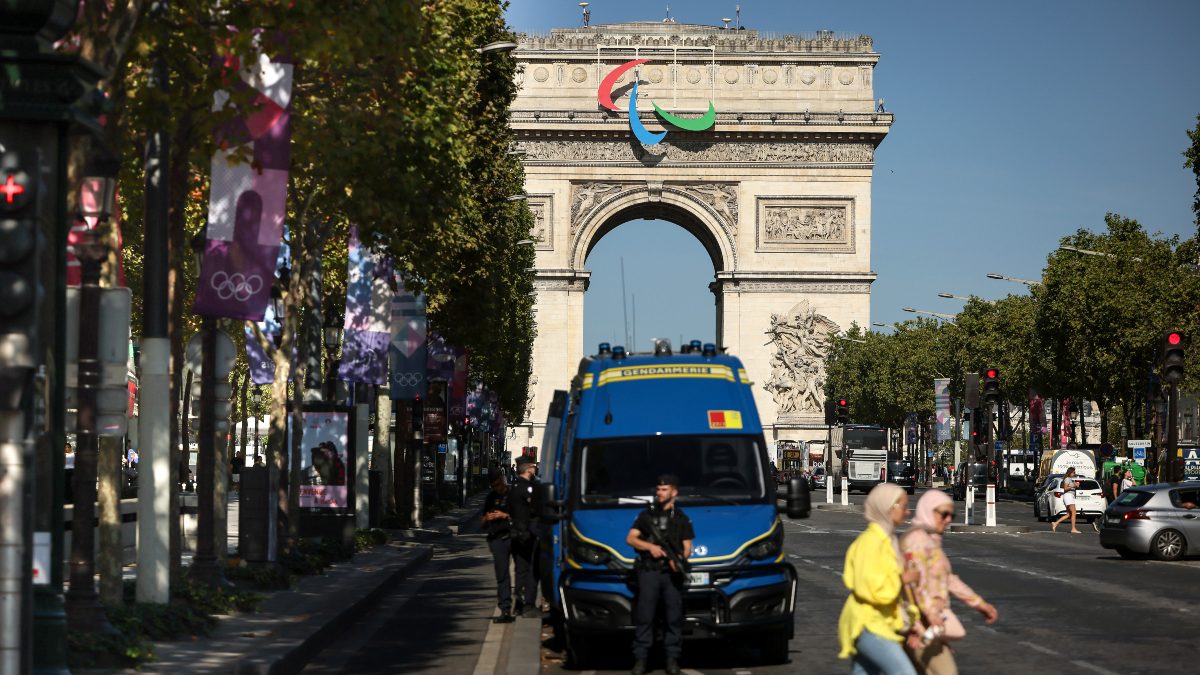Ahead of the 2024 Paris Paralympics, the IPC has suddenly, and without explanation, reversed their prohibition of Olympic rings as tattoos. read more
)
Representational photo of tattoos of Olympic rings. Reuters
For years, Paralympians who had tattoos of the Olympic rings were playing with fire as far as rules are concerned. They were required to cover the tattoos completely in competition, or face penalties from the International Paralympic Committee (IPC), which included disqualification.
But ahead of the 2024 Paris Paralympics, which begin this week, the IPC has suddenly, and without explanation, reversed their diktat.
“Athletes with such tattoos do not need to cover them up,” Craig Spence, the chief brand and communications officer for the IPC, said on Friday.
There is no clear or obvious reason for the change in policy.
Whatever the reasoning behind the decision and how it was reached, it has been welcomed.
“Paralympic athletes have enough to worry about,” said USA’s Rudy Garcia-Tolson, 35, a swimmer and five-time Paralympic medalist who, in recent years, had resorted to using a marker to blot out the tattoo on his upper back. “Having a logo on our bodies that signifies our journey, our experience as athletes — it’s important to so many of us,” he told The Athletic.
Why did the tattoo invite trouble?
For decades, the Olympics and the Paralympics have appeared to be a conjoined event. Starting with the Seoul 1998, the Paralympics have been held in the same host city as the Summer Olympics. That will be the case this time as well. The Paris Games, under the watchful eye of the International Olympic Committee (IOC), ran from July 26 to August 11.
But despite their close ties and associations, the IPC and the IOC are distinct organisations with different staff, bylaws and logos.
The Paralympics have no formal relationship with the Olympic rings. Instead, the Paralympics logo is a swirl of red, blue and green crescents known as the Agitos, which derives from the Latin definition of “I move.”
And this is where the Olympic rings tattoos ran foul with the IPC. Since the rings are a symbol of the IOC-organised Olympics, they’re considered to be a third-party advertisement for an entity. As such, those tattoos had to be covered up.
An IPC spokesperson explained to NBC Sports in 2016: “Displaying the Olympic rings confuses the public and impacts the understanding about the Paralympic brand, which is different to that of the Olympic one.”
There is a common thread though. Both IPC and the IOC prohibit advertisements on the bodies of athletes, with some obvious exceptions: logos of apparel brands on swim caps and track singlets, for example.
But for many Paralympians, the Olympic rings are not an advertisement. For them, they are viewed as a symbolic representation of their hard work as athletes.
The Paralympic Games — the largest global sporting event for athletes with disabilities — will be staged from August 28 to September 8 in Paris, and will feature around 4400 athletes from around the world competing in 22 sports.

 3 weeks ago
5
3 weeks ago
5
)
)
)
)
)
)
)
)
)
)
)
)
)
)
)
)
)
)
)
)
)
)
)
)
)
 English (US) ·
English (US) ·